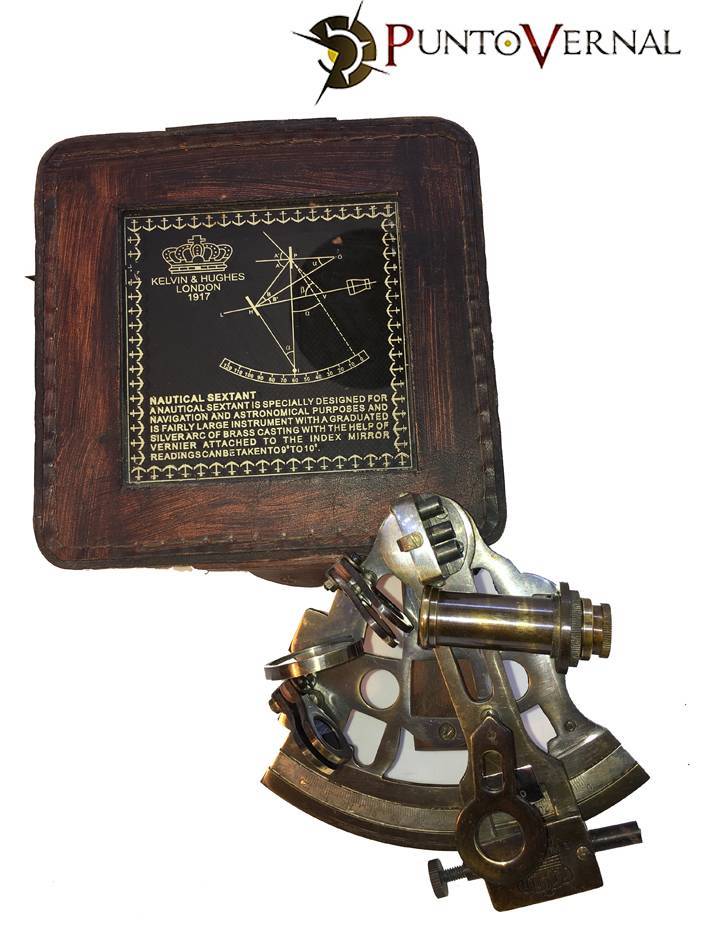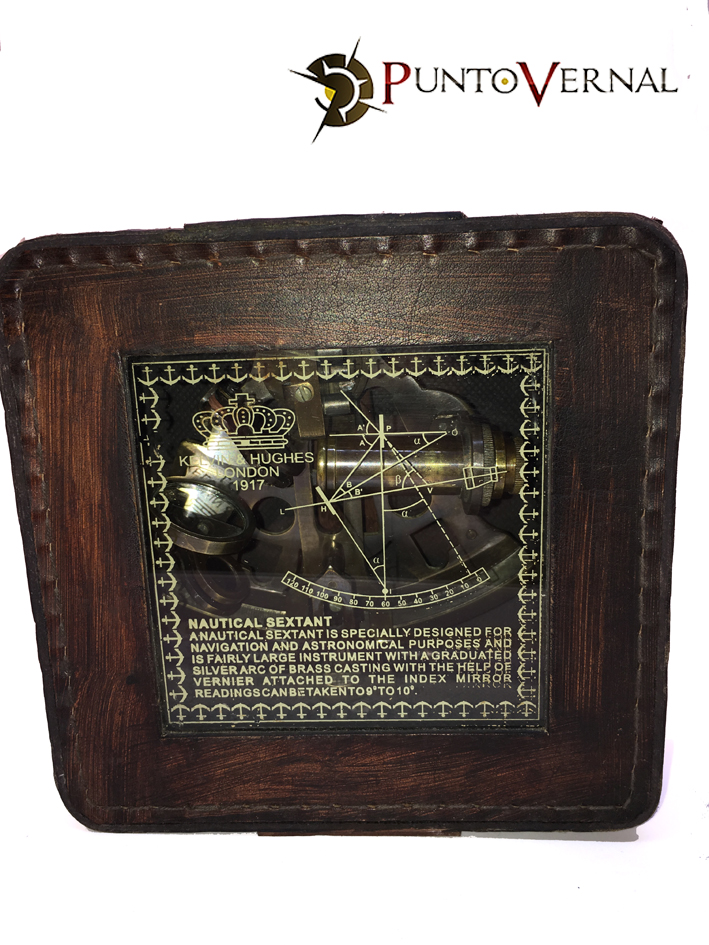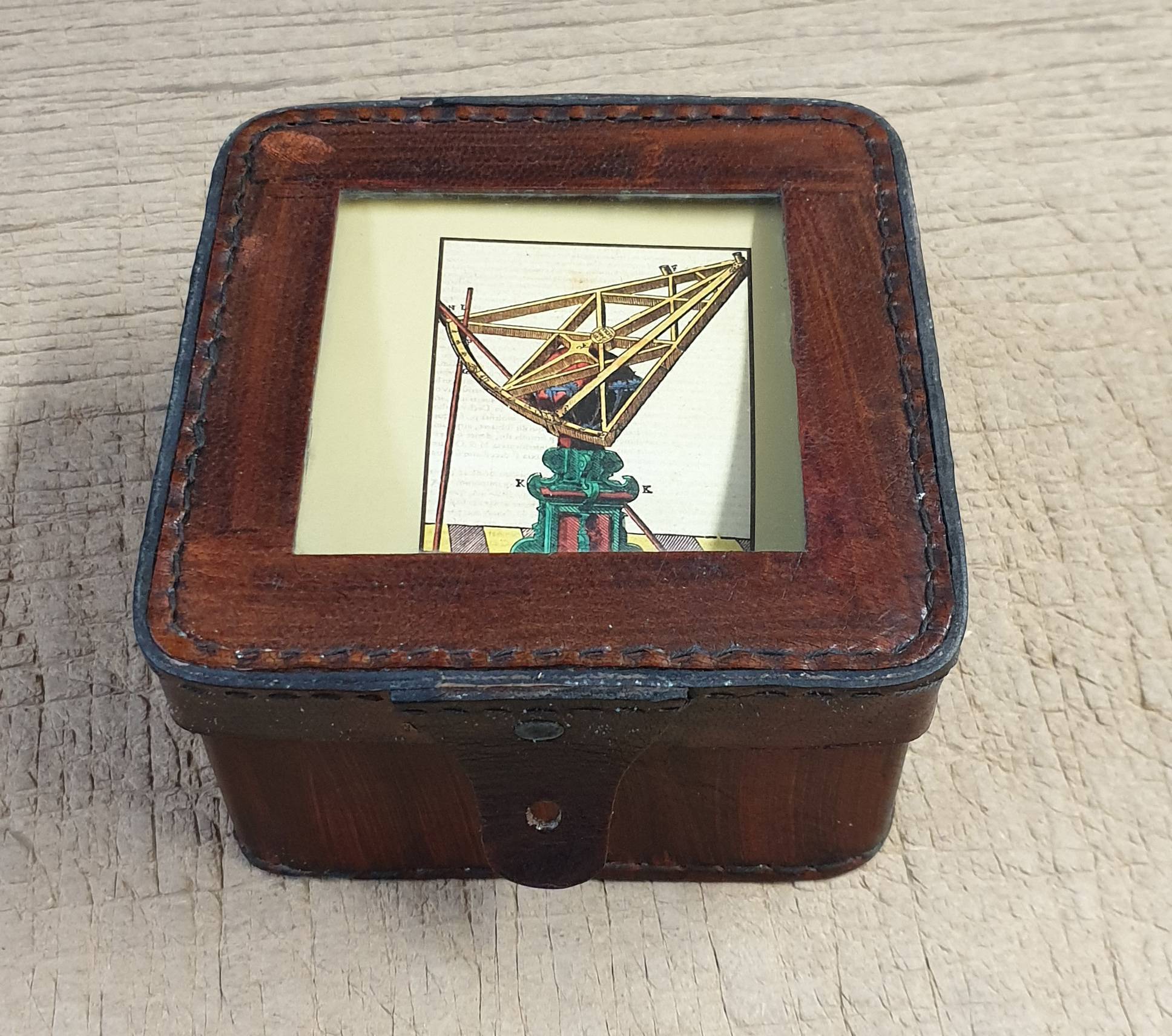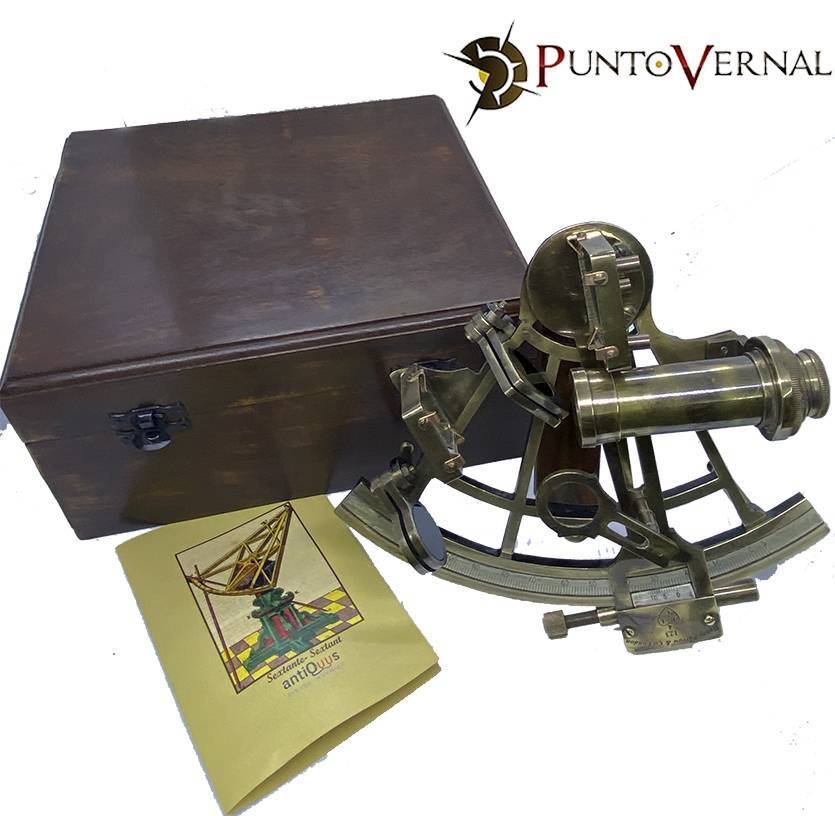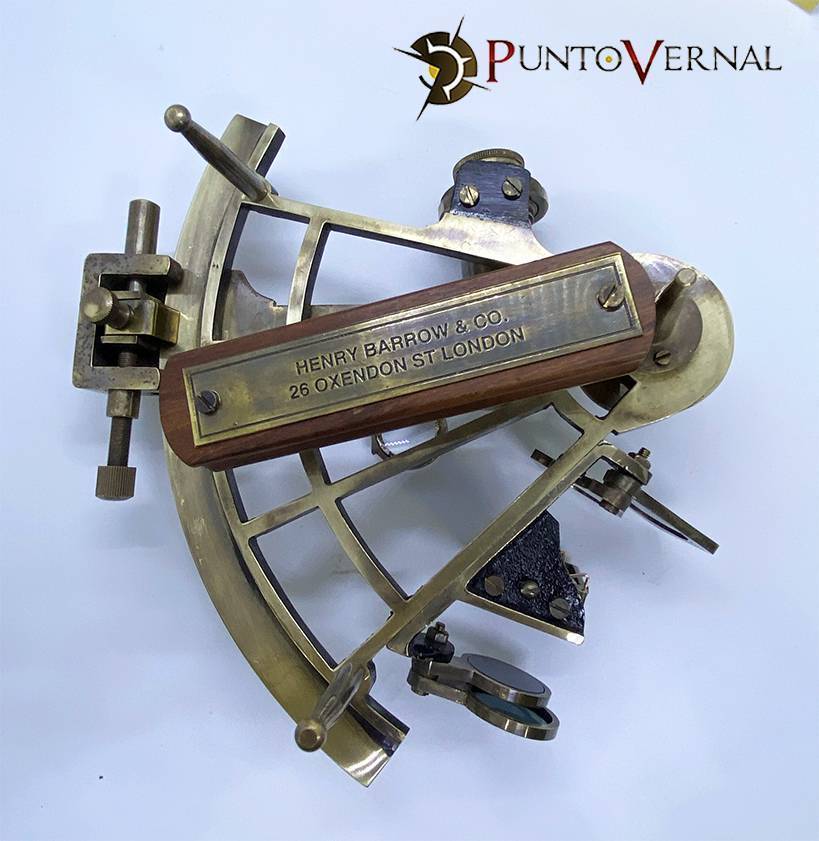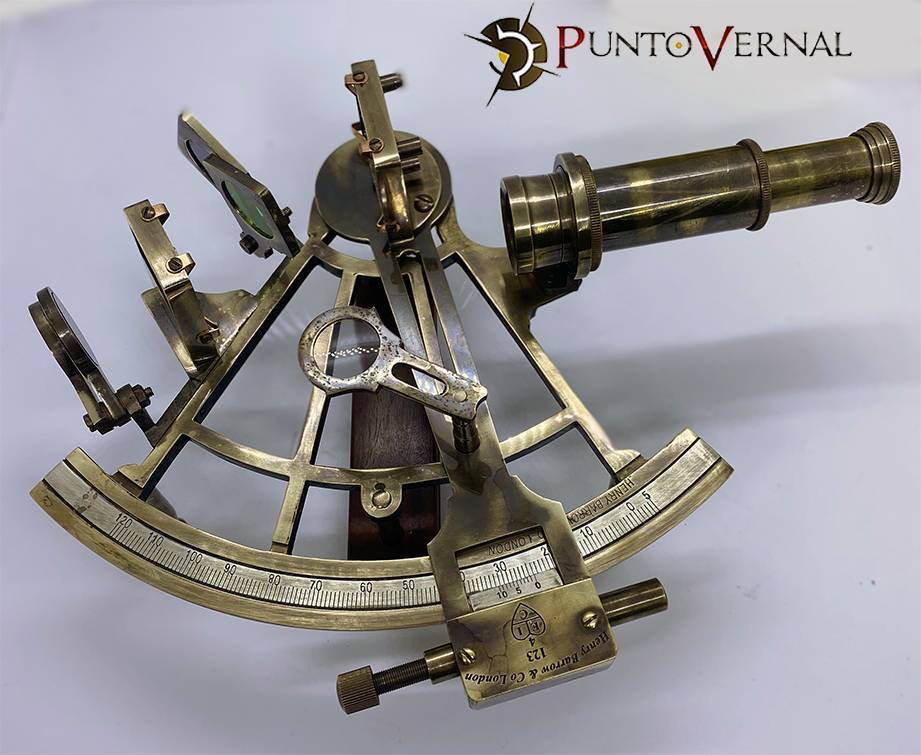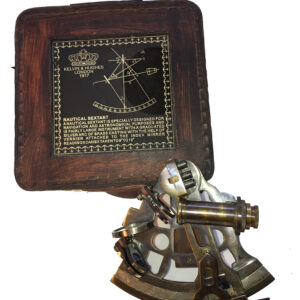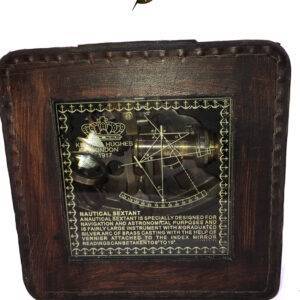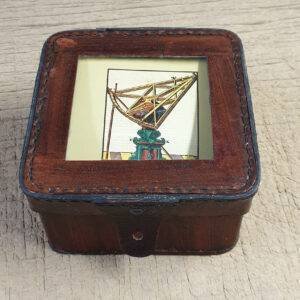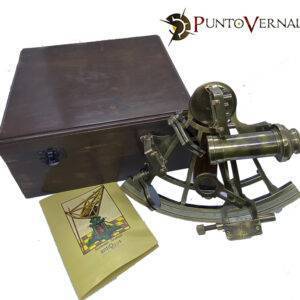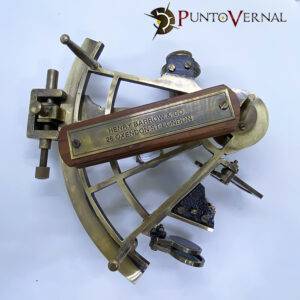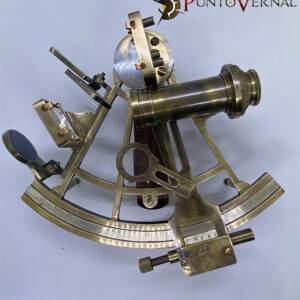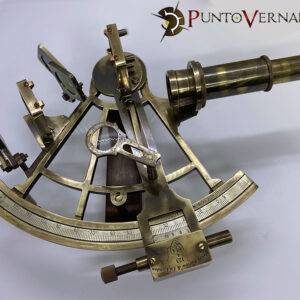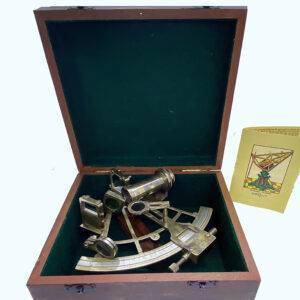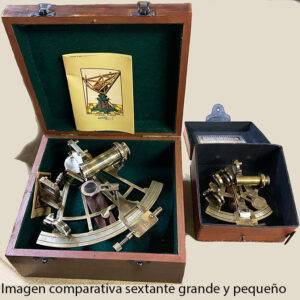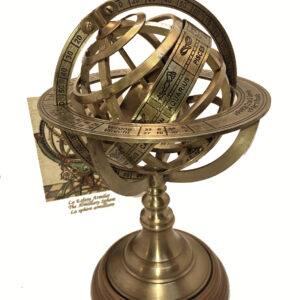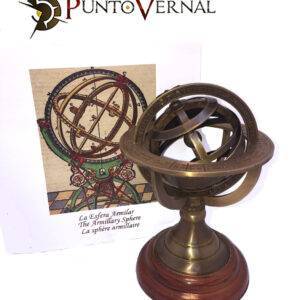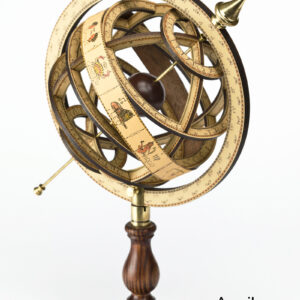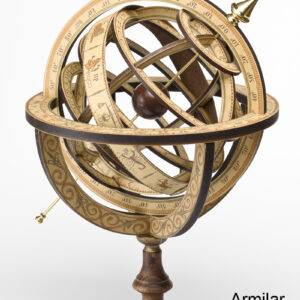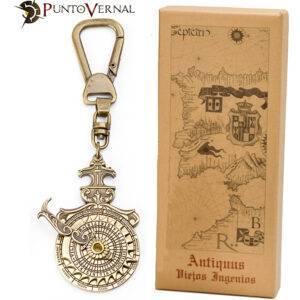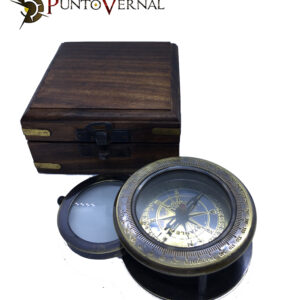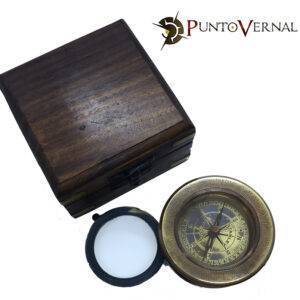SEXTANT NEWTON
Sextant Newton. Isaac Newton (1643-1727) was the first to invent the principle of double reflection on which this navigational instrument is based; however, he never published it. Two other researchers, working separately, developed the octant around 1730: John Hadley (1682-1744), an English mathematician, and Thomas Godfrey (1704-1749), a glassmaker from Philadelphia.
The sextant is an instrument that allows measurements of celestial objects in relation to the horizon, which provides excellent results when it comes to finding the latitude of the ship. The sextant allows direct observation of the stars, so its use is possible 24 hours a day. For solar observations, the sextant is provided with filters that protect the view from its radiation.
The horizon and the celestial object always remain stable, even when the user is on a moving ship. This happens because the sextant sees the horizon directly, and sees celestial objects through two opposite mirrors that dampen any possible displacements of the sextant due to the movements of the ship caused by the waves.
The scale of a sextant has a length of one sixth of a full circle (60 °); hence the name sextant. If the scale is one eighth, then the instrument is called an Octant.
A small booklet is also sent with the history and principles of its operation, as well as indicating where on the INTERNET to learn how to use it.
MEASUREMENTS
SMALL
Height: 13.4 cm
Width: 12.5 cm
LARGE
Height: 21.5 cm
Width: 20 cm
VAT INCLUDED
https://en.wikipedia.org/wiki/Sextant

